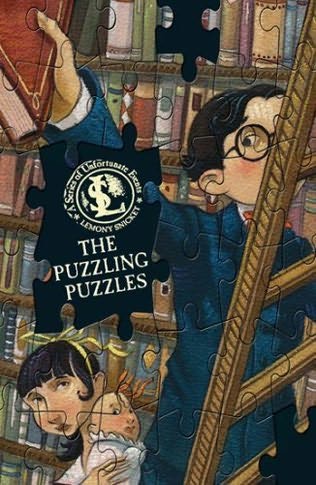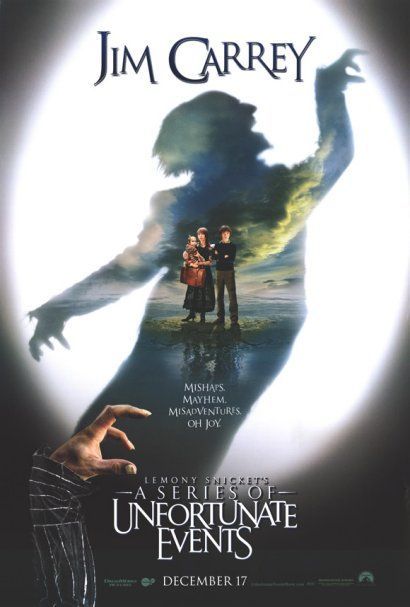 Today's guest post is written by Charity Tahmaseb and Darcy Vance, authors of The Geek Girl's Guide to Cheerleading, on their blog tour....
Today's guest post is written by Charity Tahmaseb and Darcy Vance, authors of The Geek Girl's Guide to Cheerleading, on their blog tour....If writers wrote as carelessly as some people talk, then adhasdh asdglaseuyt[bn[ pasdlgkhasdfasdf.
— Lemony Snicket
I have a confession to make: I have not read any of the Lemony Snicket books. I suspect this will make me not so popular with the fair Lisa May. In my defense: I have wanted to read them since The Bad Beginning. It’s just that I want to read so many other books too. And, when I go to a bookstore, my natural ADD tendencies kick in. I am likely to purchase the first armful of books that call out to me, ‘Ooh, look over here! I’m shiny! Pick me!’
That is the essence of both what is horrible and wonderful about children’s and young adult book publishing these days. There are so many wonderful books out there that it is impossible to read them all.
That is also the essence of the difference between writing for young people and writing for adults. The next time you walk into a bookstore, take a look around. The adult fiction is segregated, all neat and tidy. Mysteries over here. Romances over there. Sci-Fi on the left. Literary Fiction on the right. The boundaries between each section are carefully drawn, but within each genre those boundaries are even more explicit.
Sci-Fi fanatics freak out if there is no actual science between the covers. Mystery readers are divided between those who prefer their stories hard boiled and the ones who expect their murders a tad cozier. The first group will be disappointed if a little blood isn’t spilled on the page. The second group might ask you to wipe your feet before you pull up a chair to discuss cats or casseroles or, ahem, the murder that has just occurred unseen, somewhere off the page, if you please.
Romance readers, oh my, there a gabillion expectations in that genre. At least one semi-sexual encounter by page 30? Check. Hero and heroine must commit to a forever love by the end of the book? Check. Adult paranormal readers expect their werewolves to know their time (full moon only) and vampires to know their place (in the coffin by dawn, please). Each genre and subgenre has its own strict rules and woe to the author who attempts to pull at those restraints.
Now take a look at the YA section of the bookstore. It’s a mess. Chances are, if any boundaries exist at all, the books might be divided between fiction and non, or between series and stand alone. Within just a shelf or two, you can find:
A book about three nerdy boys and a preppy girl who head off to follow mysterious clues about a mysterious girl who is holed up in a mysterious town that doesn’t actually exist. (Paper Towns by John Green)
A story where Death develops a soft spot for a young girl, then follows her around Nazi Germany (The Book Thief by Markus Zusak)
Or the palooza of young adult fiction – a series where a girl falls in love with a vampire who sparkles, then a werewolf who morphs when he pleases (screw that full moon thing). She must choose between these unlikely love interests while coming of age, dealing with loss and making large life and (un)death decisions (The Twilight Saga by Stephanie Meyer)
This is YA today. There are no boundaries, no rules and no limits for those who wish to write for young people. We are allowed to mix ‘n’ match genres and are encouraged to throw old conventions out the window.
What’s the difference between and writing Adult Fiction or YA?
Freedom.





























